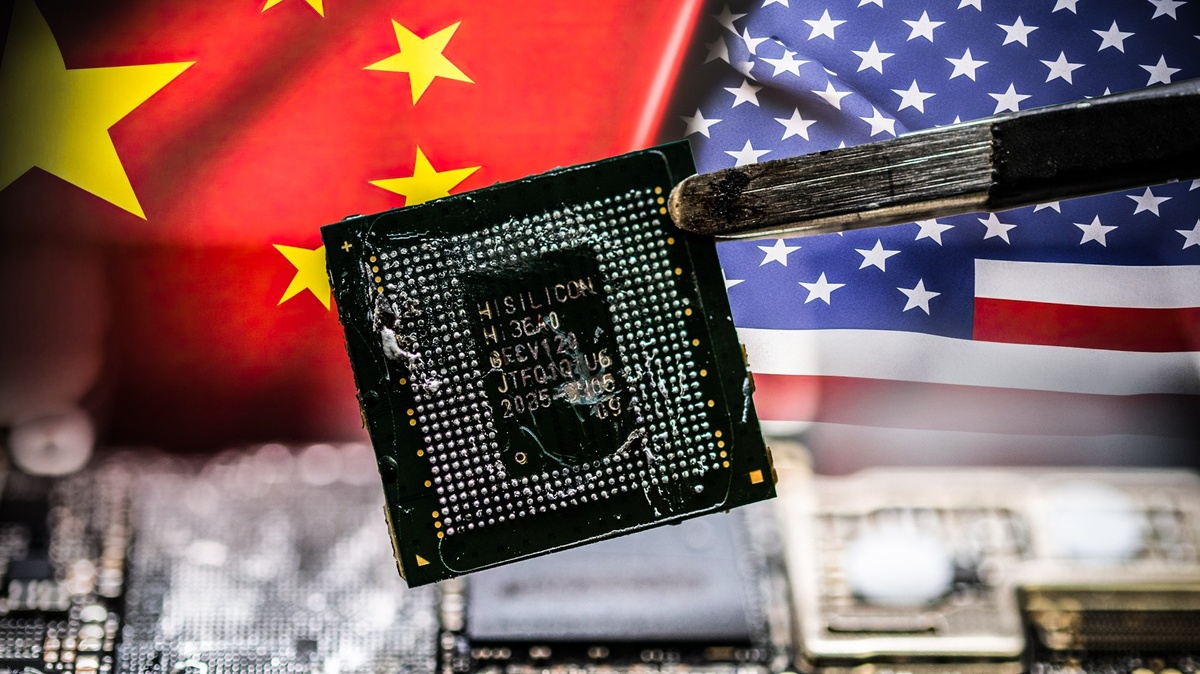Physical Address
304 North Cardinal St.
Dorchester Center, MA 02124
Physical Address
304 North Cardinal St.
Dorchester Center, MA 02124

Investigators have discovered hidden communication devices inside Chinese solar tech exports—specifically, solar inverters and batteries. These critical components power much of today’s energy infrastructure.
The problem? These devices weren’t listed in product specs, and they may allow remote actors to access or control parts of the power grid.
It’s not just missing documentation. It’s a serious cybersecurity blind spot.

Over the last nine months, investigators detected cellular radios and other covert communication devices embedded in Chinese solar tech exports. These components were absent from public product listings.
So far, officials haven’t released names of specific brands or the number of impacted units. But the findings are consistent enough to raise red flags across the energy sector.
These hidden channels aren’t accidental—they’re a threat vector.
Experts warn that these embedded devices could:
One analyst described them as a “built-in mechanism” to disrupt critical infrastructure. It’s not just speculation—it’s a real-world security hole.
When grid-connected tech can be quietly overridden, the entire system is vulnerable.
The U.S. Department of Energy hasn’t formally acknowledged the discoveries, but it has stated it’s “continually evaluating” threats tied to foreign-made technology.
In Europe, the European Solar Manufacturing Council has called for stronger oversight, while countries like Lithuania have restricted the use of Chinese components in national energy systems.
Some U.S. utilities, including Florida Power & Light, are already pivoting away from Chinese solar tech exports in response.
Behind the scenes, utility companies are rapidly reassessing their supply chains.

In 2022, companies like Huawei helped China account for nearly 29% of global inverter shipments. That dominance has made Chinese solar tech exports nearly unavoidable for large-scale energy projects.
These inverters are essential for converting and regulating electricity from solar panels, wind turbines, and batteries. They also represent a weak link if not properly vetted.
Widespread adoption means widespread exposure.
This isn’t just about tech—it’s about national security. As geopolitical tensions between China and the West rise, scrutiny of foreign-built infrastructure is intensifying.
Governments are now weighing domestic production and stricter supply chain controls to mitigate future threats from imported technologies.
The push for clean energy must now factor in cyber risk at every level.
Hidden communication devices embedded in Chinese solar tech exports have raised serious red flags across U.S. and European energy systems. While details remain tightly held, the threat is clear: vulnerabilities are being built into the very tools driving the global energy transition.
Clean energy’s future must also be a secure one.
Daily News. No B.S. No Fluff. Just What You Need to Know.